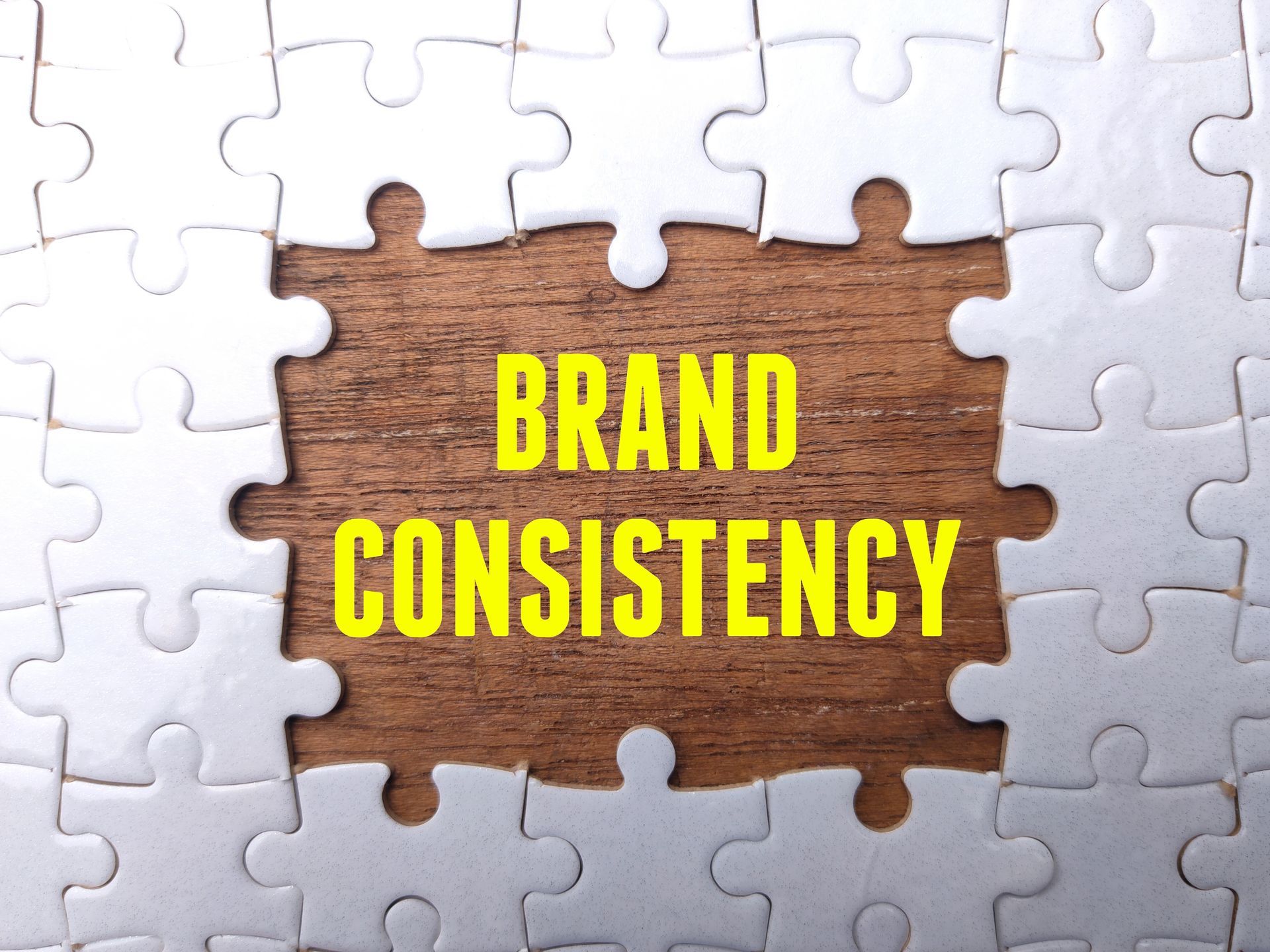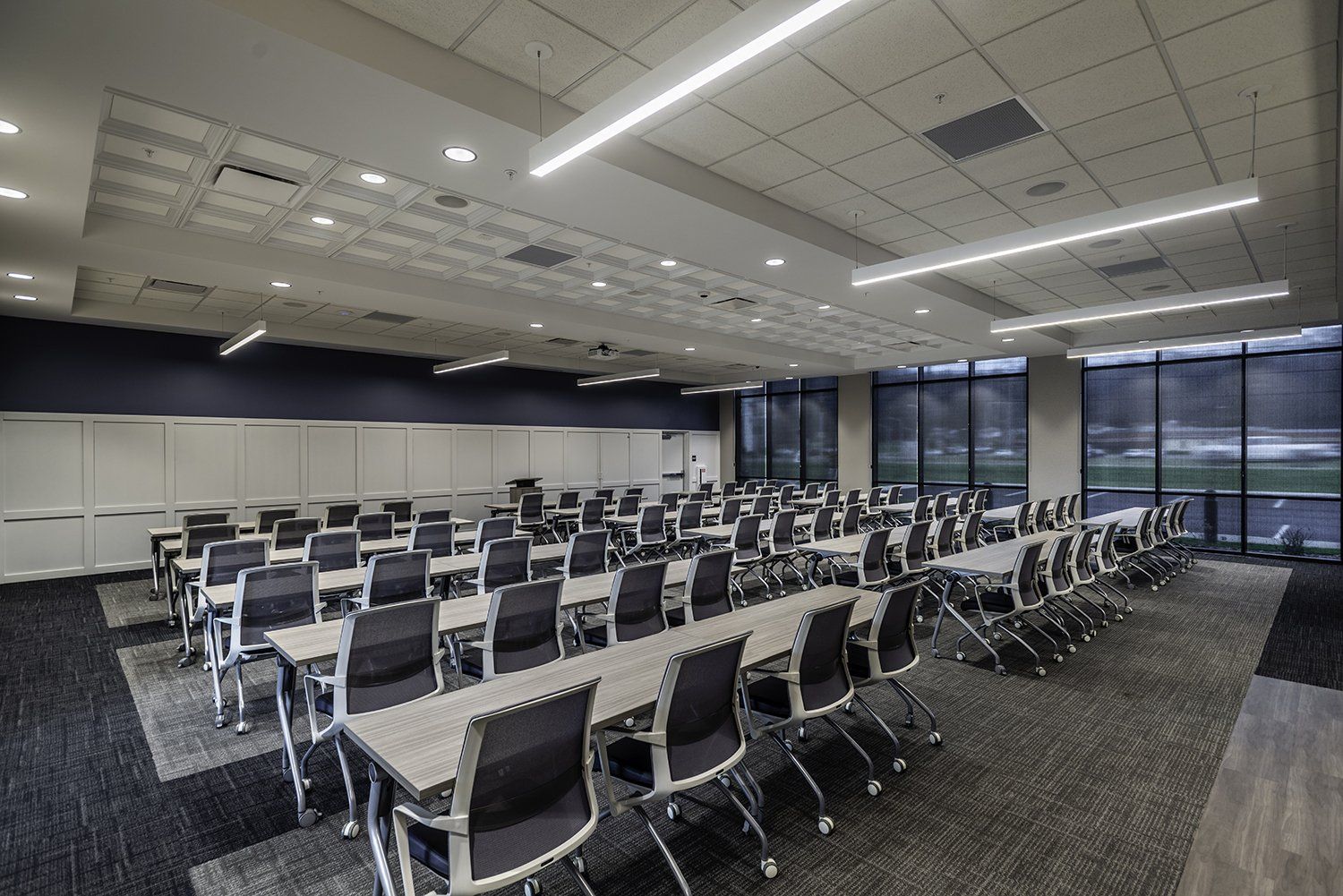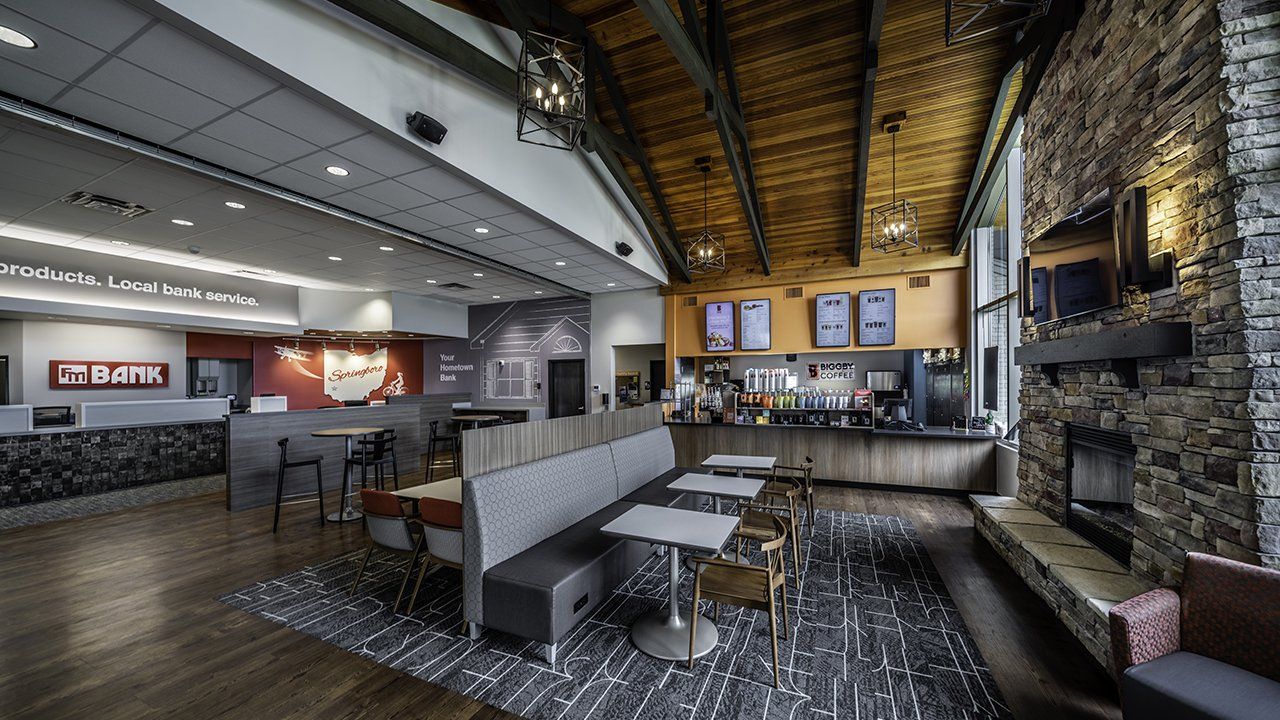Menu
Follow us on:

GRADUATION SEASON – ADVICE FOR THE NEW GRADUATES!
Graduation season is upon us, and many graduates are embarking on new and exciting adventures! In honor of this exciting time, we asked our team to reflect on their time as co-ops during college – and give some advice to those students in the architecture and design field who are just starting in the industry.
1.Be a sponge.
You will not know everything when you start out. When I started in school before my first co-op, theory-based design was the main part of the curriculum. None of my classes showed me the nitty gritty details of what makes up a wall section or how that ceiling actually stays up. The first couple co-ops are extremely helpful in teaching you this side of architecture – that isn’t all the glamorous design you see on the outside – but rather what is behind all of it.
2. Ask questions.
The coworkers you have are extremely knowledgeable and are willing to help you out if they can (and teach you a trick or two in programs!)
3. Find work that will challenge you.
This type of learning was one of the most important things I look for in a co-op and full-time position. I strongly recommend finding work that will push you out of your comfort zone. It will make you a well-rounded designer and learn more about the field by having to face tougher challenges in projects.
4. Use your co-ops and internships to learn what you like about the field and experiment!
You will have a better understanding for what you are looking for when you go out for a full-time position and by taking on different types of projects, you will have a more well-versed background in architecture.
Mark Specker – Designer
The co-op experience is a great learning tool to know if you even like the profession! I can’t imagine going through all of those years of schooling on the hope that I’ll still enjoy it as a career path. In that same vein, I tried to make every co-op as varied as possible. This allowed me to quickly learn what I liked and disliked from each firm without committing more than a few months to each experience.
Ultimately co-ops are a great opportunity to get away from school and realize all of the cool things you designed may not get you very far in the real world. In no way should this be discouraging, but motivating to double down on your creativity while you still have the opportunity.
Jordan Sauer – Design Co-op
For my co-op experience, I was expecting to learn about construction and how architecture works in the real world. My main goal was to have a co-op that will teach and challenge me. I’ve also realized it’s important to make the most out of my time as a co-op. This means asking questions, building connections and developing friendships with coworkers. When looking for a co-op position, I examine the location, company portfolio, and employees. If your colleagues are friendly and co-ops are treated well, that’s a huge bonus.
So far, my co-ops have been in Cincinnati and my last three at K4. I haven’t worked in big cities or exotic places, but I can honestly say I have no regrets and have enjoyed my experience.
I believe there’s a purpose for wherever you work as a co-op. As a co-op I’ve learned how to build a building, while school has taught me technology and design principles. Without co-op, I would be missing more than half of my education.
It has been a long time since I settled into my first co-operative education experience. The motivation then was primarily to secure a job in the profession I chose to study in college. It suited me well to have a way to pay for my college education. I was less than confident at that point in the skills I felt would be necessary to actually “work” and get paid as an Architect. But co-op experience is as much a way of figuring out what you do NOT want to do, as much as it is a test for what you think you love. No one can imagine the determination it takes to consistently show up for work of any kind for 30 years. Finding out early how the theoretical concepts of academia translate into applied tasks and strategies is a sound, foundational footing for young people to gauge and measure their passions for a life-long journey.
Colin Martin – Design Co-op
The co-ops are extremely helpful. They teach you a lot of things that school doesn’t go into detail on. The firms that want to help grow your knowledge are the best ones to work for. There are always going to be more things to learn, so be willing to ask questions. Overall the co-op experience is extremely beneficial in gaining real-life industry knowledge and networking opportunities.











